Maslanka Weekly: Best of the Web – No. 44, Songs Without Words
Maslanka Weekly highlights excellent performances of David Maslanka’s music from around the web. This week, we feature three beautiful examples of David's "Songs Without Words," of which there are literally dozens to choose from: "Awakening" from Songs for the Coming Day, Evening Song, and "Lost" from Song Book for Alto Saxophone and Marimba.
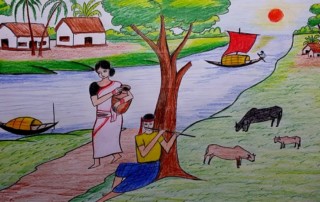
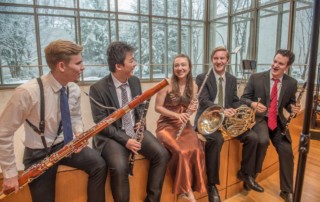

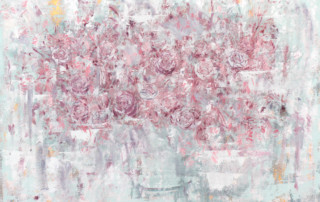


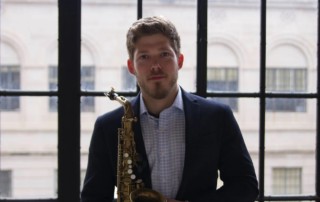
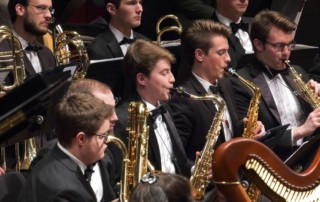

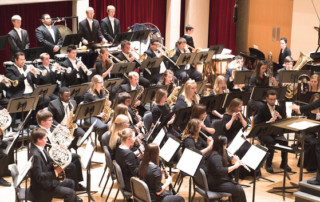
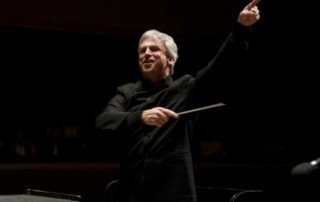



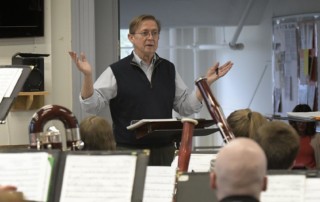
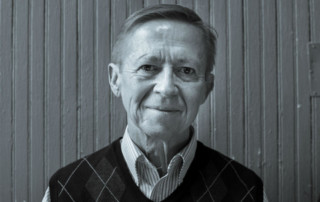

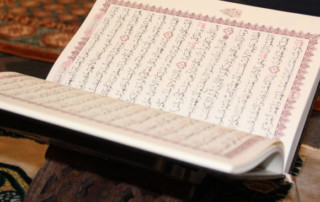


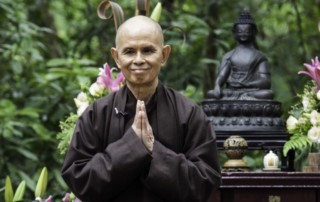
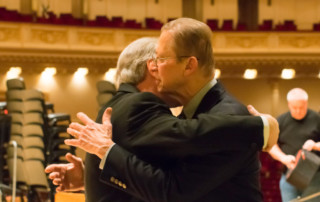
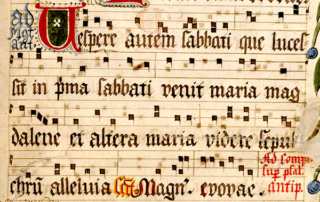
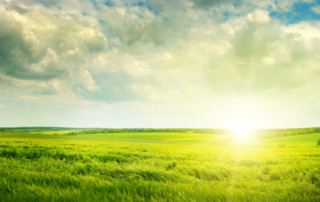


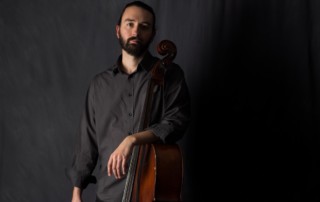
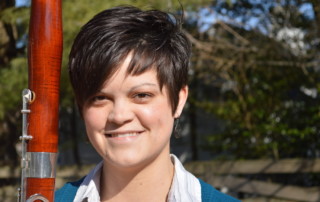
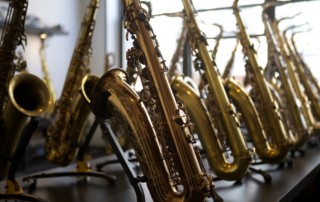
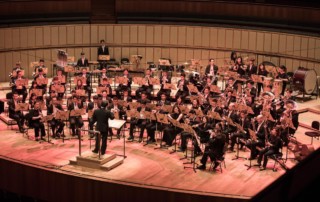
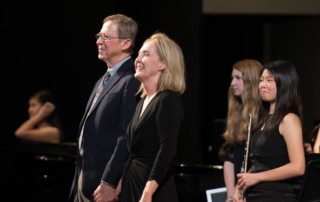
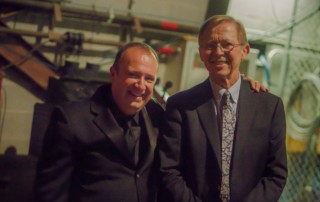
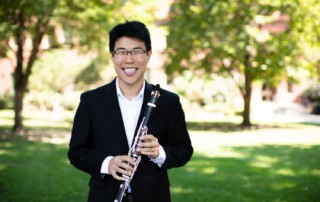

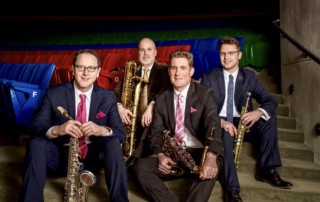
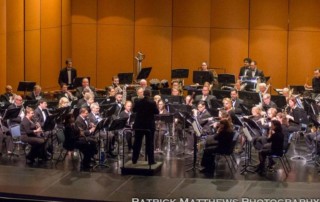
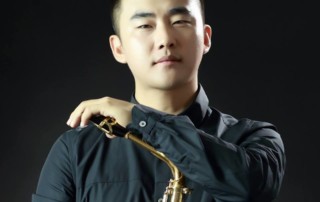
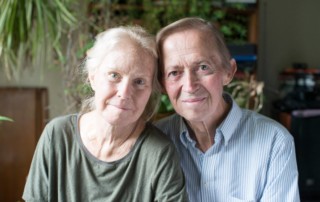
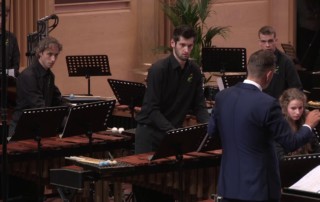


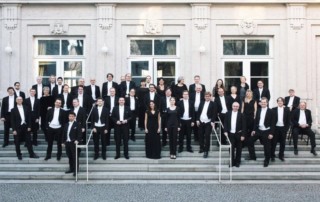
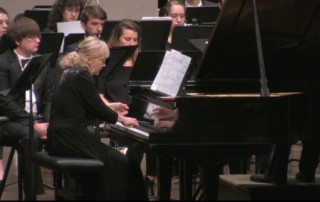
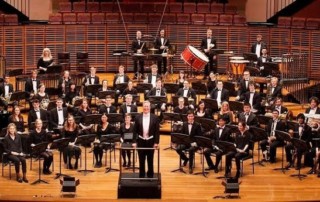

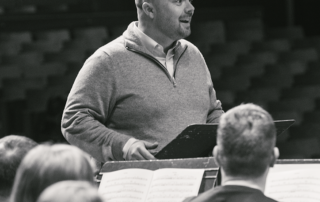
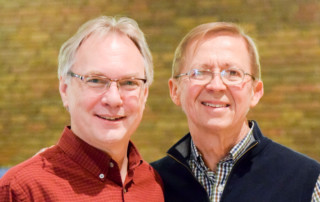
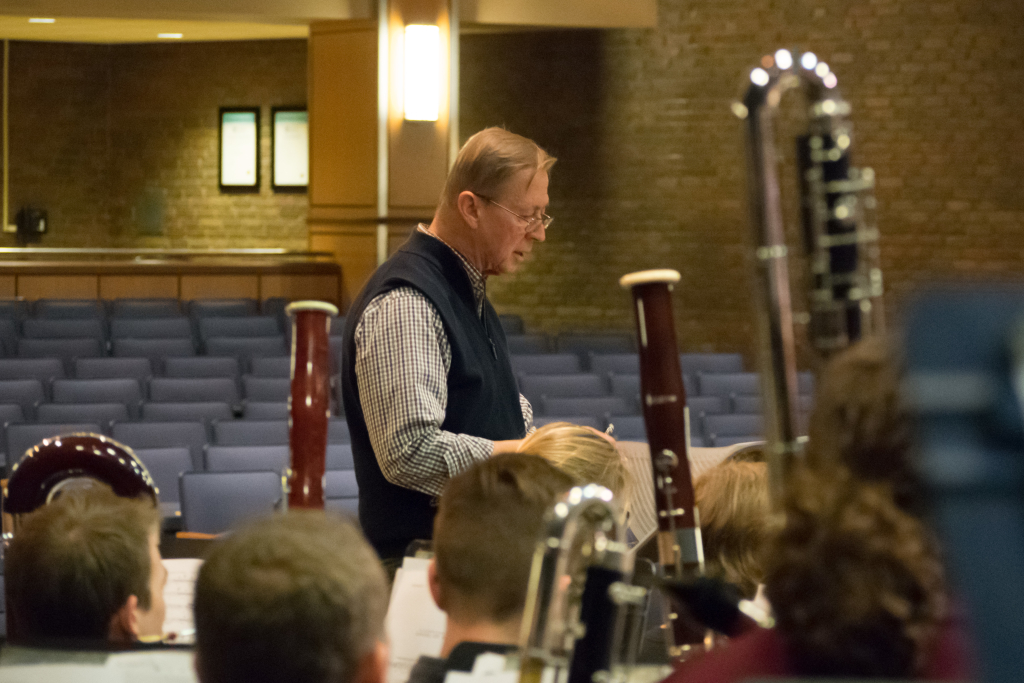 Rehearsing Angel of Mercy with the St. Olaf Band and Dr. Tim Mahr in Montvale, NJ
Rehearsing Angel of Mercy with the St. Olaf Band and Dr. Tim Mahr in Montvale, NJ 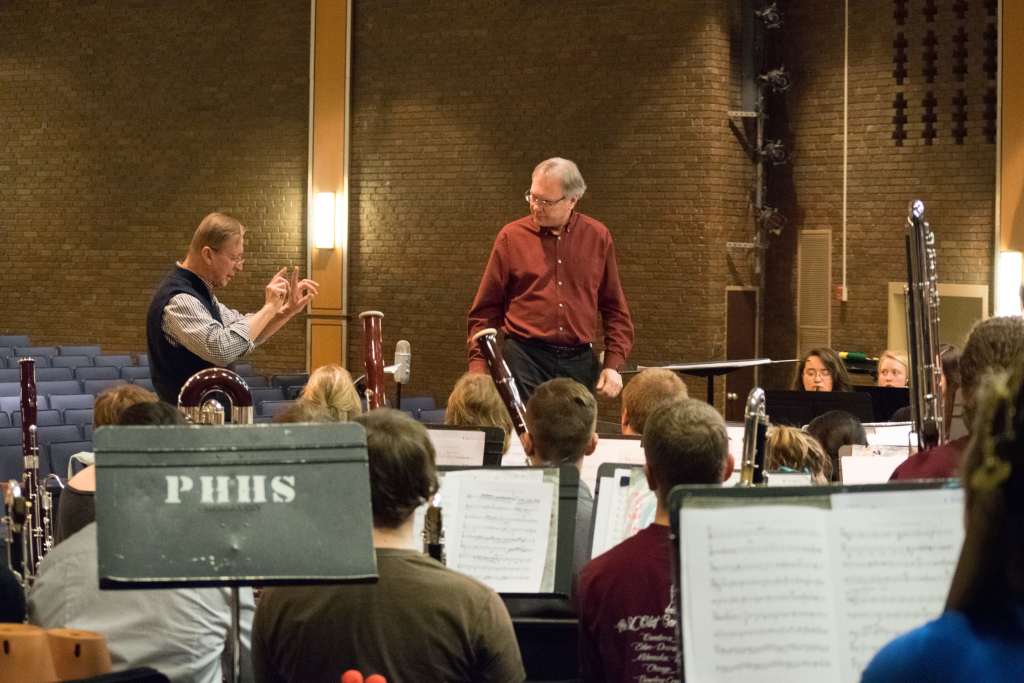 Rehearsing Angel of Mercy with the St. Olaf Band and Dr. Tim Mahr in Montvale, NJ
Rehearsing Angel of Mercy with the St. Olaf Band and Dr. Tim Mahr in Montvale, NJ 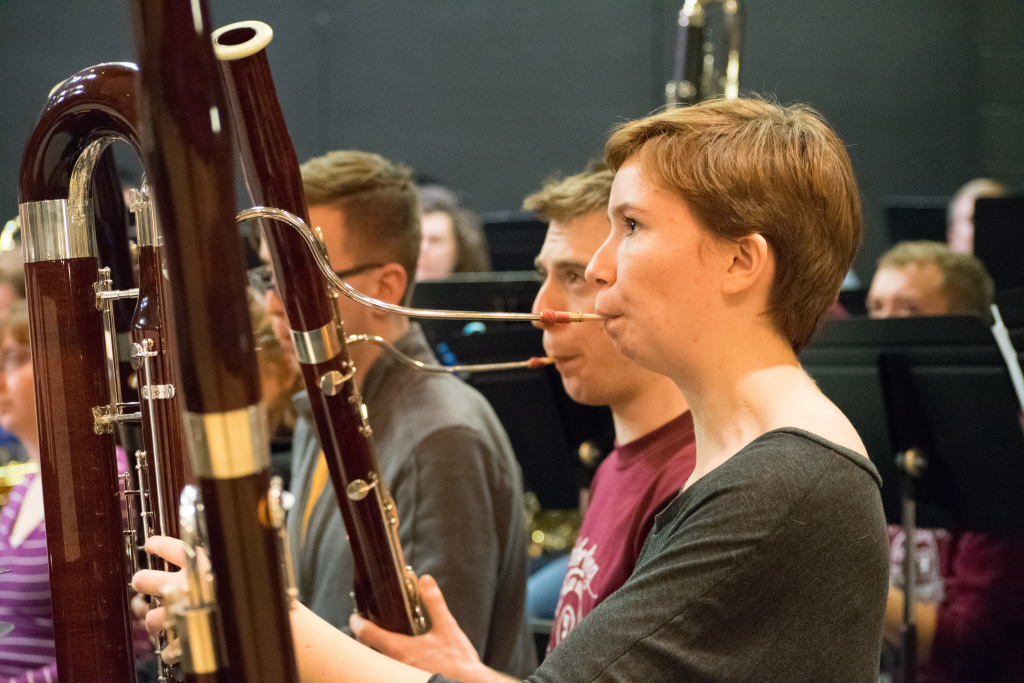 The St. Olaf Band bassoons: (Left to Right) Joshua Kosberg, Colin Scheibner, Eliza Madden. The bassoons open Angel of Mercy with a gorgeous soli chorale.
The St. Olaf Band bassoons: (Left to Right) Joshua Kosberg, Colin Scheibner, Eliza Madden. The bassoons open Angel of Mercy with a gorgeous soli chorale. 
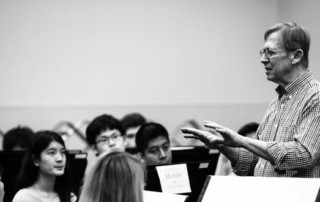
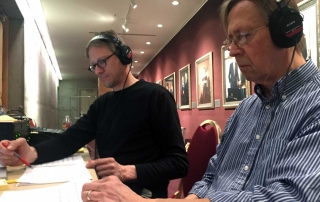
 This is the primary building block of the section starting at m. 108.
This is the primary building block of the section starting at m. 108.